A/C Not Working? Essential Checks to Get Your Cooling Back on Track
When your air conditioner stops working, it’s more than just inconvenient—it can quickly turn your home into an uncomfortable sauna. Before calling for service, try these essential troubleshooting steps to pinpoint the issue and potentially get your cooling restored faster.
1. Check Thermostat Settings
Start with the basics:
- Make sure the thermostat is set to "Cool"
- The fan should be set to "Auto"
- The temperature should be at least 1°F lower than the room temperature
If everything appears correct but your system still doesn’t run, the culprit could be:
- Dead batteries (for non-wired thermostats)
- Loose or disconnected wiring
- A malfunctioning thermostat needing replacement
2. Inspect the Air Filter
A clogged air filter restricts airflow, causing poor cooling and higher energy costs. Although some filters can last 9 to 12 months, you should at least check, replace or clean your filter every 1–3 months, especially during heavy HVAC use.
If you'd like help keep filters changed and systems optimized year-round, consider one of our maintenance memberships for scheduled tune-ups and filter reminders.
3. Examine Outdoor Unit & Condenser
Step outside to inspect the condenser unit:
- Are fan blades spinning smoothly?
- Is the unit free from leaves, grass, or debris?
- Have shrubs grown too close, blocking airflow?
Turn off the power at the breaker before removing debris and gently clean the fins with a soft brush or with water using a garden hose. Proper airflow is essential to keep your system running efficiently.
Struggling with debris buildup? Learn more about how we can complete the maintenance for you.
4. Listen for Strange Noises or Frozen Coils
Noises like rattling, buzzing, or grinding suggest fan or motor issues. Ice buildup on coils often means low refrigerant or poor airflow. Both are beyond DIY fixes and need quick attention.
Our repair technicians are equipped to diagnose these problems, whether it’s refrigerant recharge, motor replacement, or part repair.
5. Confirm If the Circuit Breaker Tripped
Blown breakers are another common culprit. Head to your breaker panel; the A/C breaker might be tripped or flipped off. Reset it firmly and let your system run. If it trips again, do not reset repeatedly—this could indicate electrical faults that warrant professional attention.
6. Consider Low Refrigerant or Closed Valves
If cooling level or airflow remains weak, it could be due to:
- Low refrigerant — maybe from a leak
- Indoor or outdoor fan inoperable
- Damaged or pinched refrigerant lines
- Evaporator coil is plugged or iced up. If iced up it will need to thaw completely before restarting. The thawing of ice will likely cause quite a bit of water around the furnace or fan coil.
These are complex issues requiring professional tools and expertise. Contact us for safe and legal handling of refrigerants.
7. Think About System Age & Efficiency
A/C units typically last 15-20 years, with many having a shorter lifespan due to lack of maintenance. Declining performance, rising bills, or frequent breakdowns might signal that it’s time for a replacement.
Visit our replacement services page, so we can help you choose an energy-efficient model suited to your home. Learn more about our financing options here.
8. Prevent Future Breakdowns
Stay ahead of issues with preventive care:
- Sign up for our maintenance plans for twice-yearly cleanings
- Monitor your system for irregular sounds or airflow
- Keep the outdoor unit clear and the area well-maintained
Regular service not only protects comfort but saves money; preventive maintenance can extend system life and improve efficiency.
When to Call the Pros
If your A/C still isn’t working after these checks, it’s time to call in experts. Our certified technicians are ready to help with anything from routine repair to new installations for residential and commercial properties.
Contact us at 402‑489‑9227 or
get a quote here. We’ve proudly served Lincoln, NE and surrounding areas since 1982 with fast, reliable comfort solutions.
Read our latest articles



